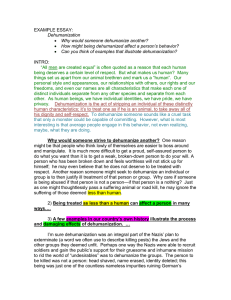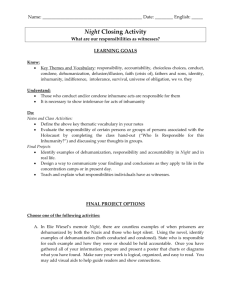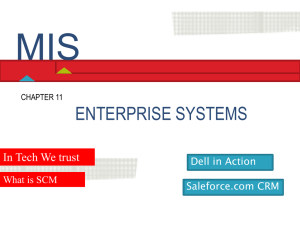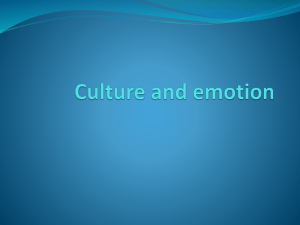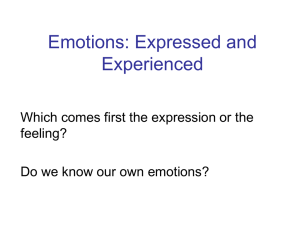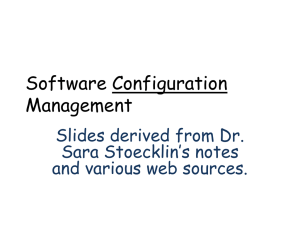ClassPresentation44
advertisement
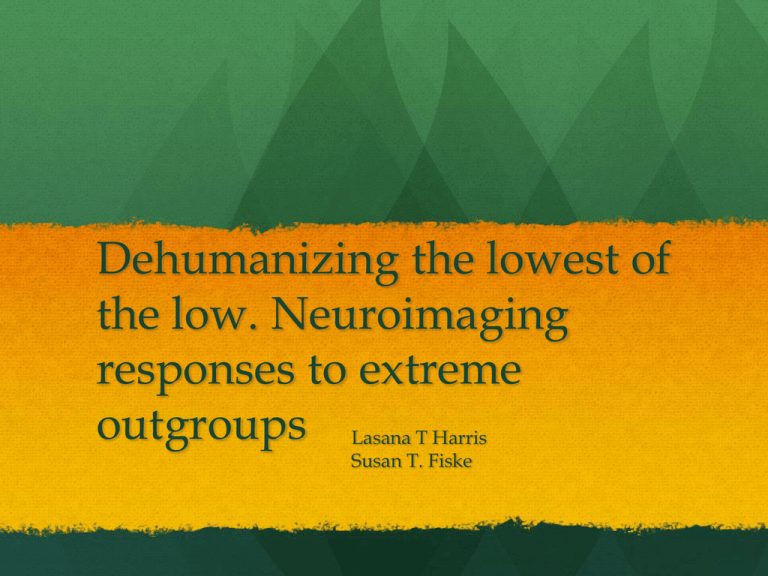
Dehumanizing the lowest of the low. Neuroimaging responses to extreme outgroups Lasana T Harris Susan T. Fiske The authors of this study posit that extreme outgroups as defined by the Stereotype Content Model (more on that next) will be perceived to be less than human by participants and that this dehumanization will be manifested in neural activity patterns * The Stereotype Content Model (SCM) SCM is a psychological theory the breaks the content of stereotypes into 2 categories 1.) Warmth (high or low) A fundamental friend or foe judgment Help or harm? 2.) Competance (high or low) A judgment on how capable one is at acting out intentions Combinations of high and low Warmth and Competance results in 4 possible clusters people may fall into and defines how we observe them. The SCM also attributes a general emotion to each of these groups. (Note the object controls) The present study attempts to affirm this prediction through the measuring of neural responses in the presence of visual stimuli containing individuals in various SCM groupings Brain Areas focused on were the Medial Prefrontal Cortex (social cognition) The Amygdala (emotional memory and processing) The Insula (emotion and homeostatic maintenance) The SCM predicts that extreme out-groups, those with low warmth and competence will be dehumanized. Method -Overview Participants saw images of different Social groups in Study 1 Objects in Study 2 Then made an affective assessment of each picture while in an fMRI. For example, Participants were shown an image of a disabled person and then decided which of the 4 SCM emotions they felt most in response while their BOLD signals were measured. Method -Participants 22 Princeton undergrads 12 women Mean age: 19.5 6 ethnic minority No mental deficits Lesions Brain damage Left handedness Neurological disorder Method -Stimulus STUDY 1 - 48 colour photographs of 8 social groups Images selected from an initial 80 photographs that 254 undergraduated rated in terms of each SCM emotion. Only those with significant elicited unique emotion were selected and the other 32 were dropped. STUDY 2 parameters. 8 images of objects were selected via previous Method -Procedure1.) Before entering scanner, participants practiced rating neutral landscapes on each SCM emotion (pride, envy, pity, disgust) on a computer 2.) Inside scanner, photographs were presented in six runs each containing 10 pictures Method -ProcedureStudy 1 Study2 1.) Picture presented 6s 4s 2.) Affect Response screen 2s 4s 3.) Green fixation delay cross 11s 11s 4.) Red warning cross 1s 1s Each photo was presented 1 time in Study 1 and 3 times in Study 2 Method -Procedure After scanning session Participants saw same stimuli on grey scale pictures They rated each picture along a 5 point scale for each SCM emotion. Also relayed what additional emotions they felt after viewing the pictures Method -Procedure Participants were then probed for suspicion -None were deemed suspicious * Results Study 1 pt. 1 Emotional judgments made by participants in agreed with those predicted. (participants in scanner gave same ratings as the original 254 raters) mPFC activity was significantly above baseline levels for all clusters save the disgust group (lowlow). Positive t values represent higher activity during stimulus presentation. Results Study 1 pt.2 Instead, for the disgust (low-low) cluster, significant activity was measured in the Left Insula + Right Amygdala Consistent with Disgust responses to objects Study 2 Results Able to see right amygdala and left insula activations Discussion pt. 1 As hypothesized Some social groups appear to be dehumanized At least by absence of typical neural signature for social cognition and increased amygdala and insula activations. It is also important to note not all out groups are necessarily dehumanized. Discussion pt. 2 Justifying the disgust association Essentially a statistical review “In addition, the low-low quadrant differentially elicits neural patterns consistent with disgust (insula) and fear (amygdala), according to meta-analyses Murphy, Nimmo-Smith, & Lawrence, 2003; Phan, Wager, Taylor, & Liberzon, 2002” Discussion pt. 3 The current results empirically support the idea of dehumanization and are consistent with verbal reports. By providing neural evidence of the phenomenon, these data go beyond verbal reports, which may be subject to selfpresentational concerns. Furthermore, if replicated and extended, this kind of evidence could begin to help explain the all-too-human ability to commit atrocities such as hate crimes, prisoner abuse, and genocide against people who are dehumanized Criticisms -Some of the figures left you to figure out their meaning somewhat -Didn’t consider much past their own study in discussion -Left me wanting for conditions and contexts that may garner this phenomenon. Paper was perhaps too abstract in contrast to very real consequences -Perhaps for another paper (not even sure if this would be legal or allowed) run experiments that could elicit these neural patterns Paper Pros Relevant At least from a layman’s perspective; this is the bread and butter of psychology Concise/clear It was not that long. They left out their results and methods that did not yield significant results. Interesting “Out-group dehumanization is at least as old as the U.S. Constitution1 and as modern as current forms of dehumanization, described by out-group infrahumanization theory” Turns out dehumanization is only a couple hundred years old. Nice The parameters presented for dehumanization of extreme out groups fall far across a spectrum that definitively exceeds those defined by the history of the United states. What garners dehumanization? http://www.ted.com/talks/philip_zimbardo_on_the_p sychology_of_evil.html Context System Extremism Focusing on differences between groups Demonizing other groups Fin “Where is your concluding image?” Jack Thomson Link to main paper: http://pss.sagepub.com/content/17/10/847.short Literature and Political Science Lord of the flies Heart of Darkness Clash of Civilizations Orwell Themes of dehumanization run through these hugely popular works None of them needed a brain scan to figure this out. Other interesting papers How ordinary people torture enemy prisoners http://www.sciencemag.org/content/306/5701/1482 .full Dehumanization in the Health Care system http://pps.sagepub.com/content/7/2/176.full
